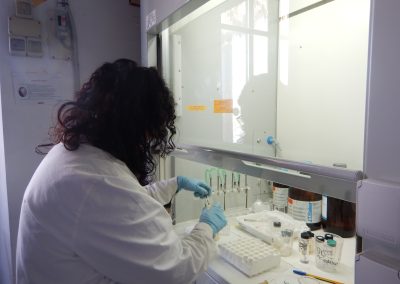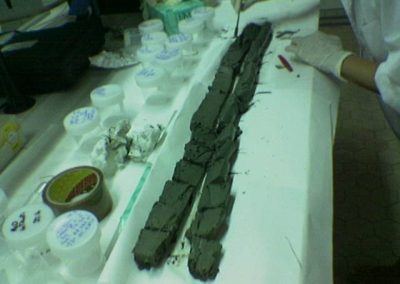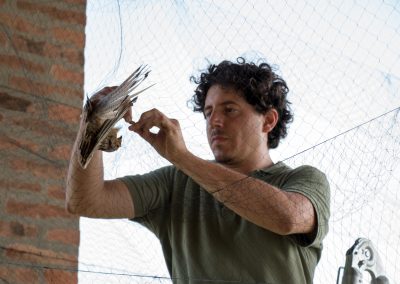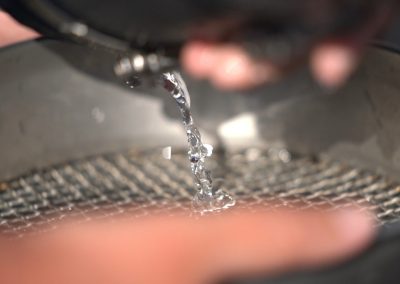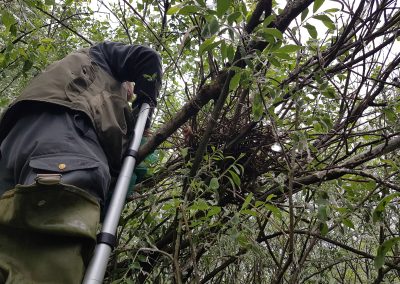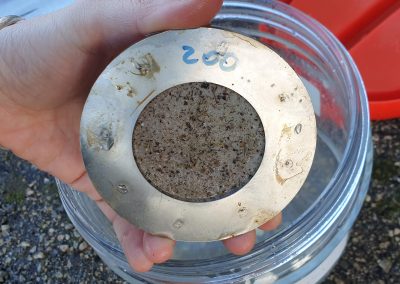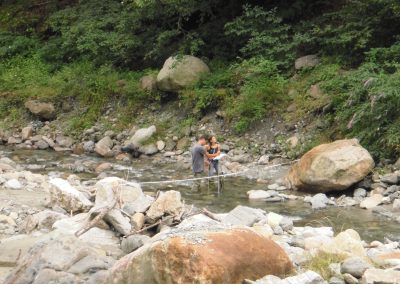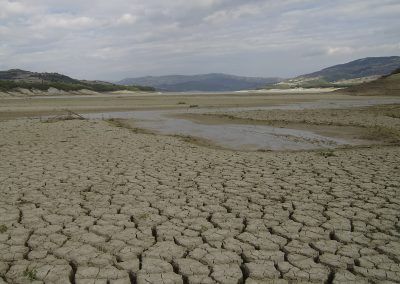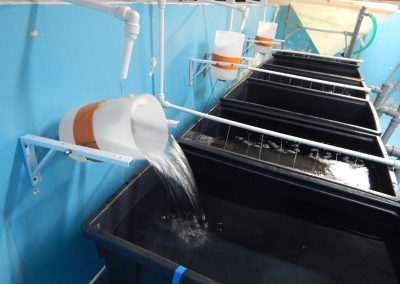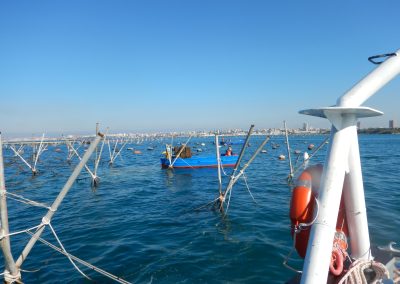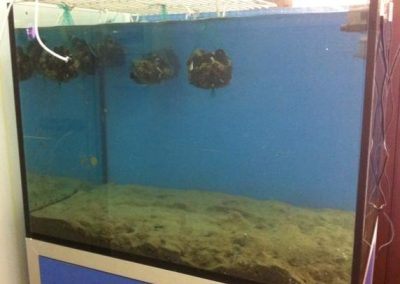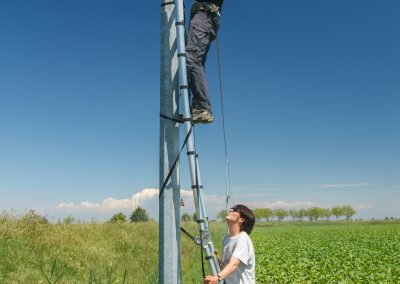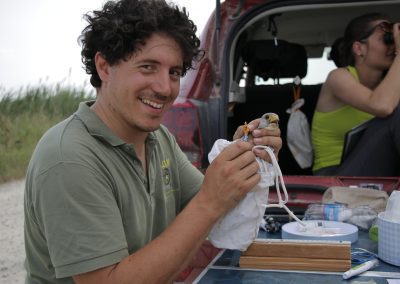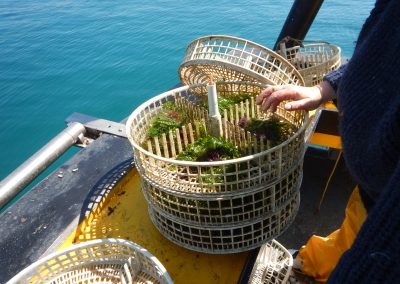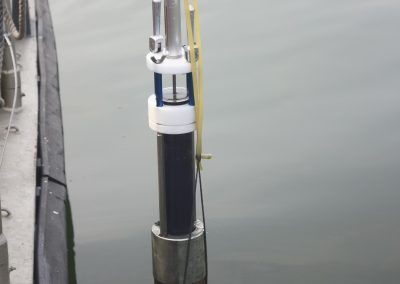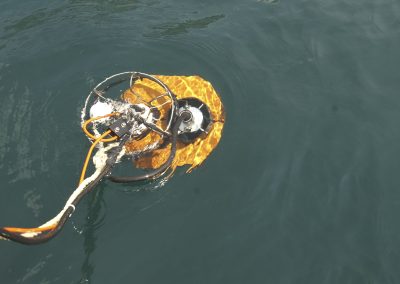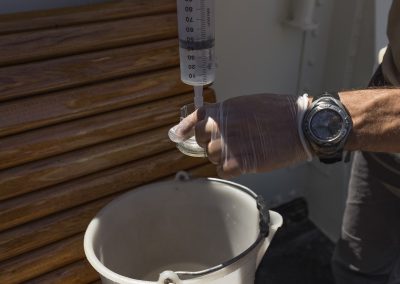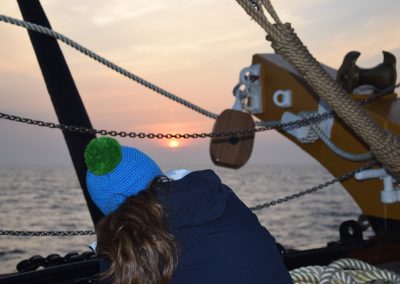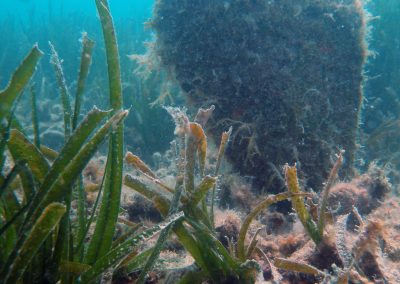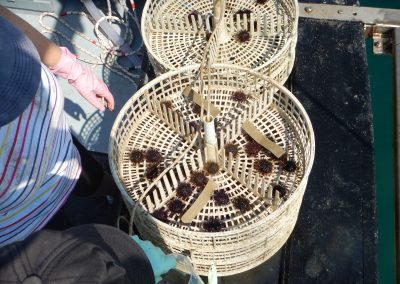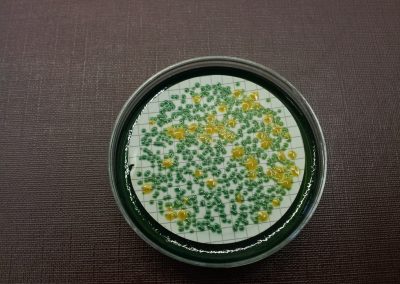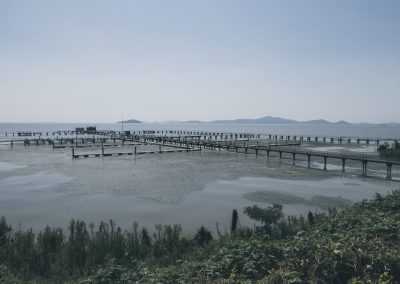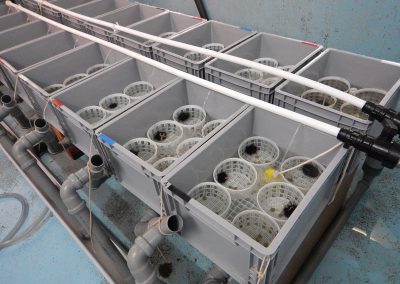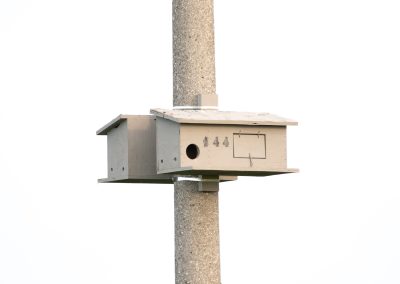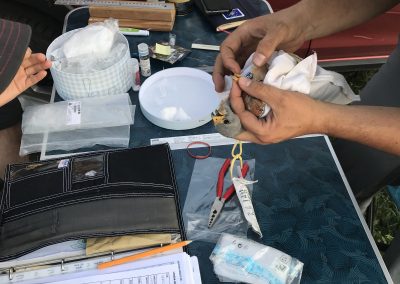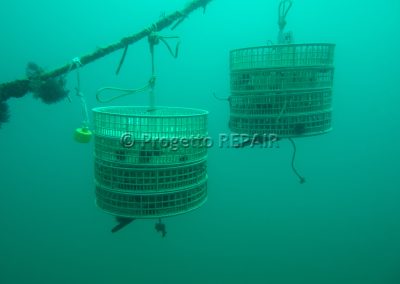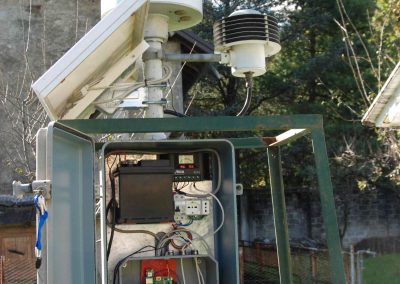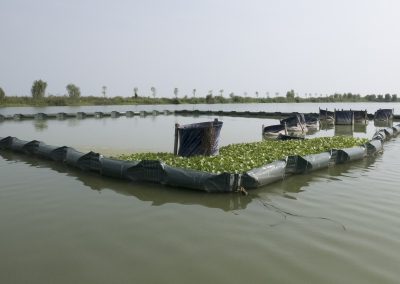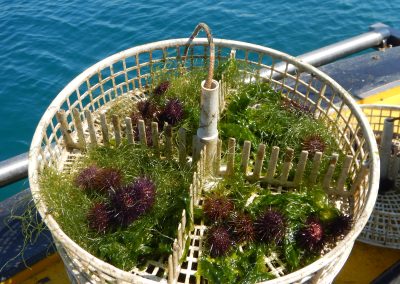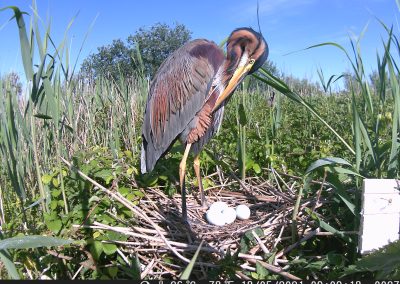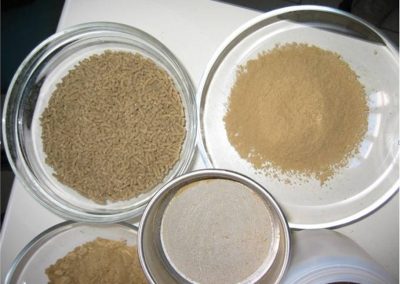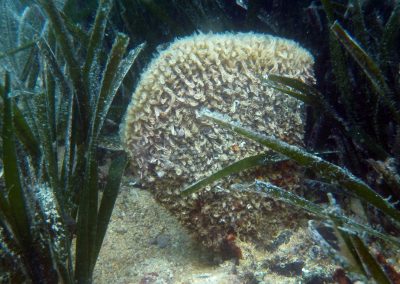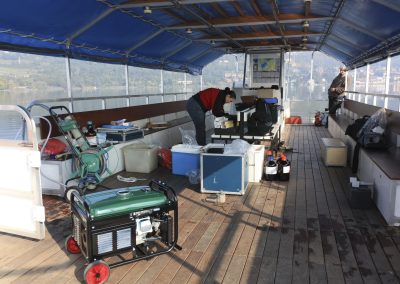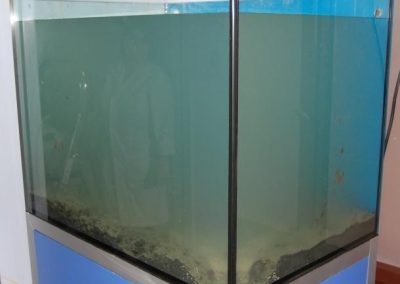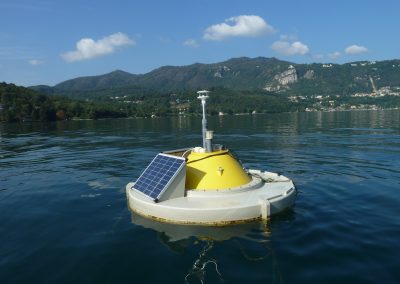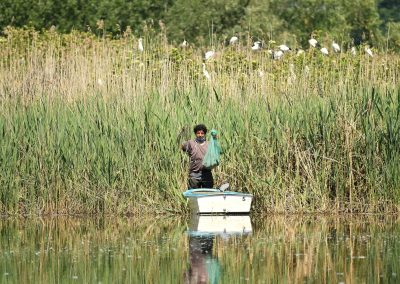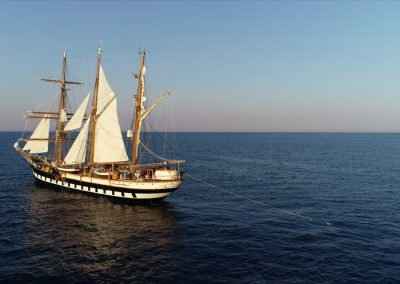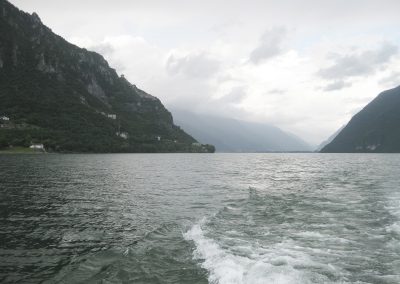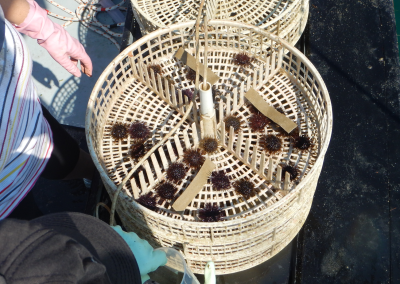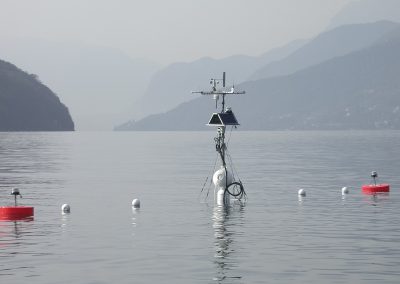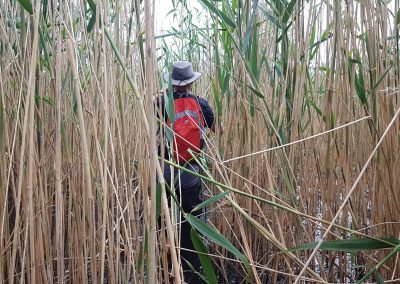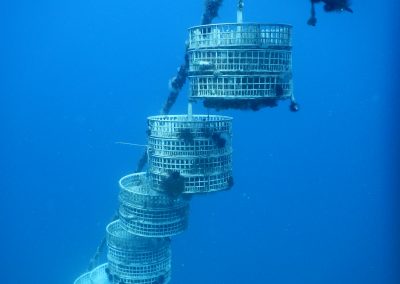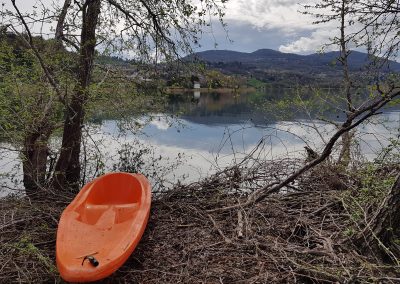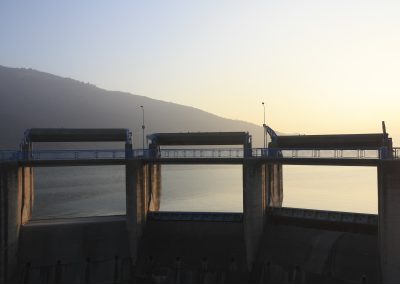Aquatic ecosystems structure and functioning
Description
Theoretical and applied researches are carried out on the structure and functioning of both strictly aquatic ecosystems (inland and coastal waters) and on those indirectly dependent on water, with an emphasis on the interactions between abiotic and biotic compartments and on eco-evolutionary processes at multiple spatial and temporal scales.
Researches aim at the conservation and management of habitats and biological resources, biodiversity and associated ecosystem services as well as the monitoring and restoration of a wide range of ecosystems.
The multidisciplinary approach also includes the assessment of the global change effects on ecosystem functionality even in remote environments. The maintenance of of long-term data series is a key prerogative for this topic.
In addition, ecotoxicology, microbiology and the effects of emerging contaminants and priority substances are investigated. In these research lines, it is included the use of animal and plant model species not necessarily strictly related to water ecosystems.
Further topics under investigation relate to inland water fishery and eco-friendly and sustainable aquaculture aimed at identifying new reared species and the development of innovative farming techniques able to mitigate the negative impacts on the marine ecosystem.
The proposal and contribution to national and international projects either focused on conservation and/or research, is a key aspect of this branch of the institute’s activities.
Scientific and technological contents
Different scientific and technological contents follow the variety of the research topics and are summarized as follows.
- Study of functional and structural relationship between water and terrestrial communities, habitat, environmental and anthropogenic stressors;
- evolution, taxonomy and autoecology of key taxa and identification of environmental indicators based on key species/taxa;
- study of biodiversity and ecosystems functionality through an ecological approach and molecular phylogeny also in extreme environments;
- assessment of the impacts on biodiversity, through the analysis of the zoo- and phytobenthic communities, alien species and potentially toxic algal species;
- response of the microbial structural and functional parameters to environmental changes and pollutants;
- biodiversity of microbial communities along the continuum between inland and coastal waters, including extreme environments (e.g. CO2 sources);
- development and optimization of protocols for ecological status classification according to national regulations and community directives;
- nutrient dynamics, transformation and removal; – dynamics and distribution of emerging and priority contaminants and their interaction with biota in temperate and polar aquatic ecosystems; – ecotoxicology and multilevel markers development, including biochemical answers of aquatic organisms;
- trophic magnification, bioaccumulation, risk assessment analysis;
- assessment of the hazard potential of contaminated sediments;
- characterization and transport of organic and inorganic compounds;
- evaluation of climate change effects on nutrient and pollutants dynamics in high mountains;
- biology and management of inland fisheries;
- laboratory and field experimentation on breeding and nutrition of new species of commercial interest with techniques aimed at the sustainable management of the ecosystem, the mitigation of negative impacts on the rearing environment and the evaluation and reduction of any emerging pathogens;
- ecology, behaviour and conservation of wild verterbrates (i.e. birds, bats) in relation to ecological factors considered at different spatial and temporal scales, also with reference to aquatic environments.

